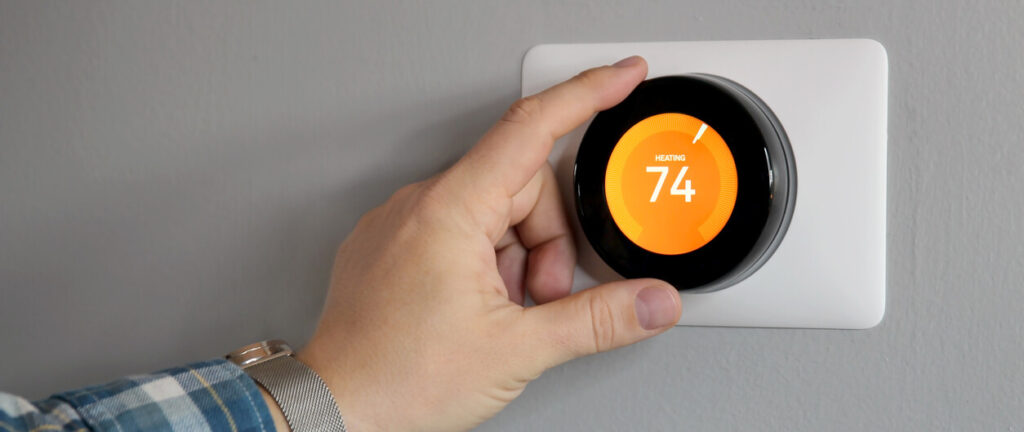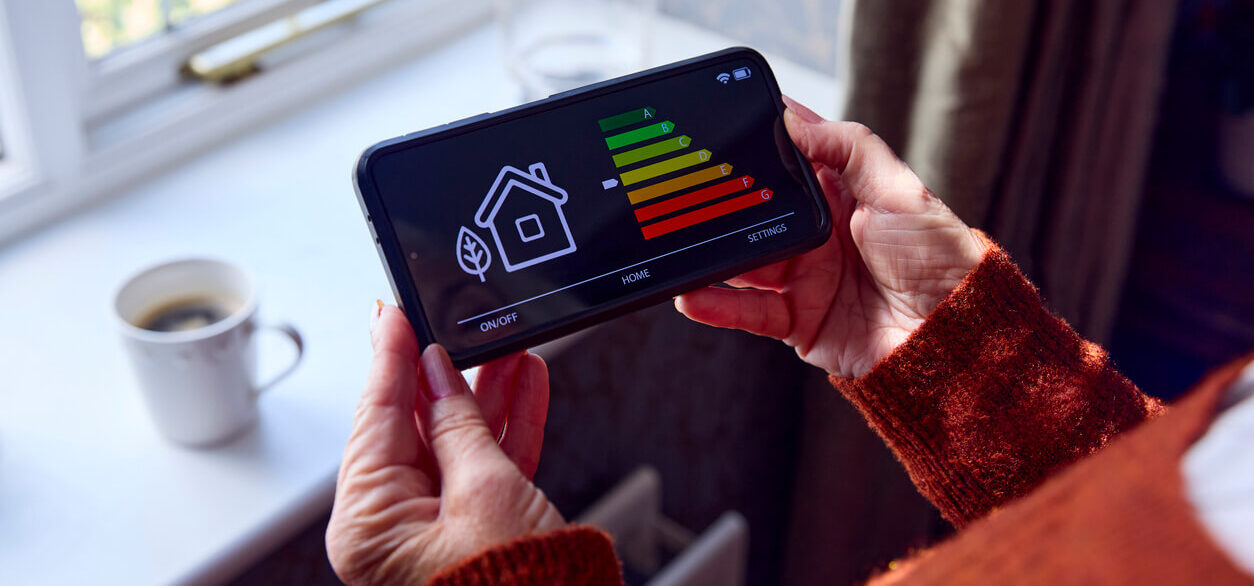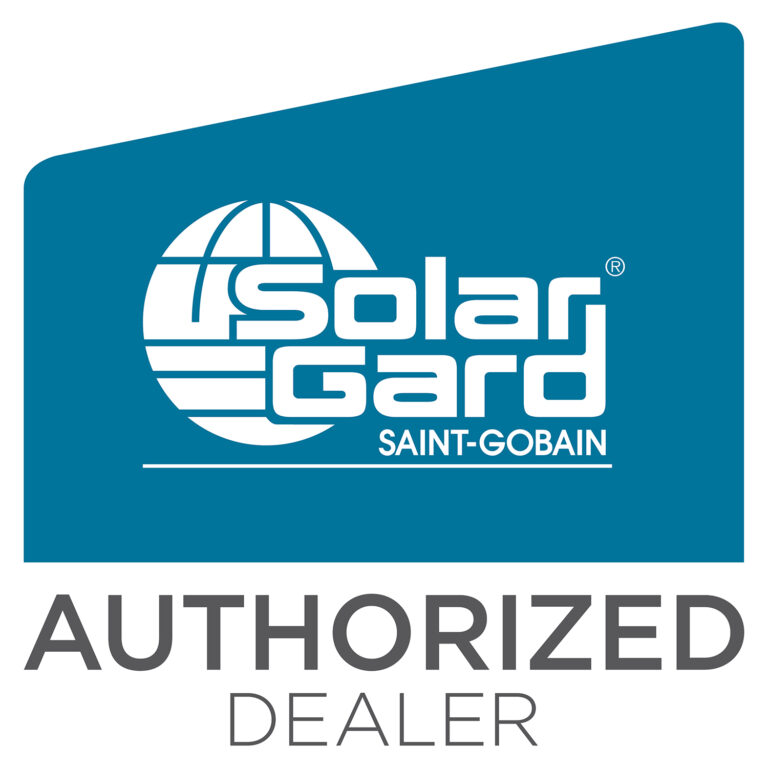Table of Contents
Unlock Savings: How IRS Form 5695 Home Window Tinting Projects
Ever thought about giving your home a little eco-friendly makeover and saving some cash while you’re at it? Well, you’re in luck! IRS Form 5695 could be your golden ticket, especially if you’re eyeing residential window tinting. This blog will guide you through the how’s and why’s, focusing on Phoenix window tint and beyond, ensuring your energy improvement moves are not just smart but also financially savvy. Ready to cool down your home and heat up your savings? Let’s Go!
In today’s world, making energy-efficient improvements to your home isn’t just about reducing your carbon footprint, it’s also about seizing opportunities for financial savings through tax credits. One such avenue is through IRS Form 5695, a form that might not sound too thrilling at first glance but holds the key to unlocking potential tax benefits for homeowners who are making qualified energy improvements. Among these improvements, home window tinting stands out not only for its energy-saving benefits but also for its eligibility for tax credits.
The Bright Side of Home Window Tinting
Home window tinting, or as we’ll often refer to as residential window tinting, is not just about adding a sleek look to your residence. It’s a strategic upgrade that can significantly reduce the amount of solar heat entering your home, leading to lower cooling costs during those scorching summer months. In places like Phoenix, where the sun reigns supreme, Phoenix window tinting isn’t just an option, it’s nearly a necessity.
But how does it tie into IRS Form 5695? Well, this form is used to claim tax credits for specific residential energy credits. Window tinting can qualify because it contributes to energy efficiency, one of the primary criteria for eligibility.
IRS Form 5695 Home Window Tinting and Your Energy-Saving Journey
IRS Form 5695 is your ticket to claiming the Residential Energy Efficient Property Credit. This tax credit is designed to incentivize homeowners to make energy-saving updates to their homes, including the installation of solar panels, solar-powered water heaters, and yes, certain types of window treatments that improve energy efficiency.
To qualify, the window tinting product must meet the energy efficiency standards set by the manufacturer and be certified for the purpose of reducing your home’s heat gain. In essence, not all window tints are created equal, so it’s crucial to choose products that are specifically designed for energy efficiency and are accompanied by a manufacturer’s certification statement.
Maximizing Benefits with Phoenix Window Tint
In the heart of Arizona, Phoenix homeowners are well-acquainted with the relentless sun and its impact on home cooling efforts. Phoenix window tinting goes beyond cosmetic appeal, offering a functional solution to combat heat gain and protect against UV damage, all while potentially qualifying for tax credits through IRS Form 5695.
When considering window tinting for your Phoenix home, it’s essential to work with a reputable installer who uses products meeting the IRS criteria for energy efficiency. The right product not only contributes to significant energy savings but also ensures you’re positioned to take full advantage of the available tax credits.
Navigating the Installation and Claim Process
Choosing to install energy-efficient window tinting is a step towards a cooler, more cost-effective home environment. Here’s how to ensure your improvement project aligns with IRS Form 5695 requirements:
- Research and Select Qualified Products: Start by researching window tinting options that are certified for energy efficiency. Look for products with the manufacturer’s certification statement.
- Hire a Professional Installer: For Phoenix residents and others in sun-drenched Arizona, hiring a professional like Total Protection Films ensures your window tinting is installed correctly and qualifies for tax credits.
- Keep Your Receipts and Certifications: Document your purchase and installation process, keeping all receipts and the manufacturer’s certification statement for your records.
- Claim Your Credit: When tax time rolls around, fill out IRS Form 5695 as part of your tax return. Be prepared to provide documentation if requested.
Here you can find your downloadable form
Wrapping It Up: A Cooler Home and a Happier Wallet
By now, it’s clear that IRS Form 5695 isn’t just another piece of tax jargon, it’s a gateway to making your home more energy-efficient and cost-effective through improvements like home window tinting. Whether you’re in the sunny expanses of Phoenix or elsewhere, taking advantage of this tax credit can lead to a cooler home and, potentially, some cool savings on your tax bill.
Remember, the journey to a more energy-efficient home is not just about the immediate benefits of reduced energy bills and increased comfort. It’s also about leveraging opportunities like the tax credits associated with IRS Form 5695 to make these improvements more affordable. So, as you consider making the leap to residential window tinting, think of it not just as an upgrade to your home, but as an investment in your home’s future and in the planet’s well-being.
Feeling ready to take on the summer heat with a new window tint, or curious about other energy-saving projects that could benefit from a tax credit? Now’s the time to get it done, make those eco-friendly upgrades, and maybe even get a little back from Uncle Sam in the process. Happy tinting, and here’s to a cooler, greener home!










